When it comes to choosing the right type of cable for electrical wiring, one of the most important decisions is whether to go with an aluminium cable or a copper cable. Both aluminium and copper have their pros and cons, and understanding these differences can help you make an informed decision based on your specific needs and budget. Copper cables have been the traditional choice for many years due to their superior electrical conductivity. Copper is an excellent conductor of electricity, which means it can efficiently carry electrical currents with minimal loss or resistance. This high conductivity makes copper cables ideal for applications that require high power transmission, such as in residential and commercial buildings, where the load demand can be substantial. On the other hand, aluminium cables are gaining popularity due to their lower cost and lighter weight compared to copper. Aluminium is also an excellent conductor, though it has a slightly lower electrical conductivity than copper.
wire and cable
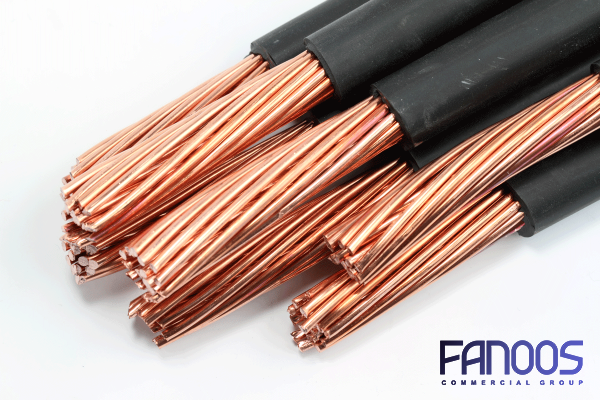 However, advancements in aluminium cable design and manufacturing have made them a viable alternative to copper cables in many applications. One of the key advantages of aluminium cable is its cost-effectiveness. Aluminium is more abundant and less expensive than copper, making it an attractive option for large-scale electrical projects where cost is a significant factor. The cost savings can be substantial, especially when considering the length of cable required for such projects. The lighter weight of aluminium cable is another advantage, as it makes installation easier and more cost-efficient. Aluminium cables can be up to 50% lighter than their copper counterparts, resulting in lower transportation and handling costs. This advantage is particularly relevant in utility-scale projects where large quantities of cable are needed. While cost savings and weight reduction are significant advantages of aluminium cables, there are also considerations to keep in mind.
However, advancements in aluminium cable design and manufacturing have made them a viable alternative to copper cables in many applications. One of the key advantages of aluminium cable is its cost-effectiveness. Aluminium is more abundant and less expensive than copper, making it an attractive option for large-scale electrical projects where cost is a significant factor. The cost savings can be substantial, especially when considering the length of cable required for such projects. The lighter weight of aluminium cable is another advantage, as it makes installation easier and more cost-efficient. Aluminium cables can be up to 50% lighter than their copper counterparts, resulting in lower transportation and handling costs. This advantage is particularly relevant in utility-scale projects where large quantities of cable are needed. While cost savings and weight reduction are significant advantages of aluminium cables, there are also considerations to keep in mind.
Specifications of wire and cable
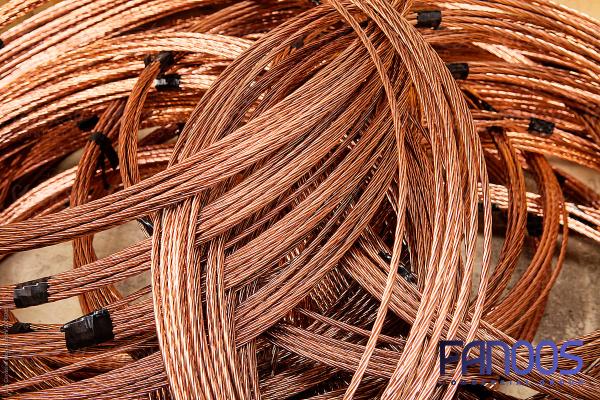 One such consideration is the increased expansion and contraction that occurs with aluminium due to its higher coefficient of thermal expansion. This can lead to issues such as loosening of connections over time, potentially causing electrical failures and safety hazards. Proper installation techniques, such as using connectors specifically designed for aluminium cables and using appropriate torque values, can minimize these risks. Another factor to consider is the resistance to corrosion. Copper is highly resistant to corrosion, making it suitable for a wide range of environments. Aluminium, on the other hand, is prone to oxidation, which can affect its electrical conductivity and overall performance. However, modern aluminium cables are typically treated with anti-corrosion coatings and alloys to mitigate these issues and enhance their durability. When comparing the electrical conductivity of aluminium and copper, it is essential to factor in the difference in weight. Despite aluminium’s slightly lower conductivity, its lighter weight can sometimes compensate for this. For example, a larger diameter aluminium cable can be used to achieve the same electrical conductivity as a smaller diameter copper cable, while still benefiting from the cost and weight advantages of aluminium. In terms of electrical safety, copper cables have an advantage. Copper is an excellent conductor of heat, meaning it can effectively dissipate heat generated by electrical currents. This property helps prevent overheating and reduces the risk of electrical fires. While aluminium also has good thermal conductivity, it is not as efficient as copper in this regard. Moreover, aluminium cables require larger cross-sectional areas to carry the same amount of electrical current as copper cables due to their slightly lower conductivity.
One such consideration is the increased expansion and contraction that occurs with aluminium due to its higher coefficient of thermal expansion. This can lead to issues such as loosening of connections over time, potentially causing electrical failures and safety hazards. Proper installation techniques, such as using connectors specifically designed for aluminium cables and using appropriate torque values, can minimize these risks. Another factor to consider is the resistance to corrosion. Copper is highly resistant to corrosion, making it suitable for a wide range of environments. Aluminium, on the other hand, is prone to oxidation, which can affect its electrical conductivity and overall performance. However, modern aluminium cables are typically treated with anti-corrosion coatings and alloys to mitigate these issues and enhance their durability. When comparing the electrical conductivity of aluminium and copper, it is essential to factor in the difference in weight. Despite aluminium’s slightly lower conductivity, its lighter weight can sometimes compensate for this. For example, a larger diameter aluminium cable can be used to achieve the same electrical conductivity as a smaller diameter copper cable, while still benefiting from the cost and weight advantages of aluminium. In terms of electrical safety, copper cables have an advantage. Copper is an excellent conductor of heat, meaning it can effectively dissipate heat generated by electrical currents. This property helps prevent overheating and reduces the risk of electrical fires. While aluminium also has good thermal conductivity, it is not as efficient as copper in this regard. Moreover, aluminium cables require larger cross-sectional areas to carry the same amount of electrical current as copper cables due to their slightly lower conductivity.
buy wire and cable
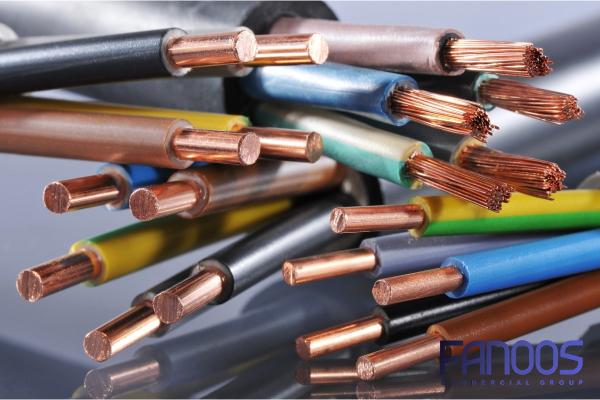 This factor is important to consider when designing electrical circuits and determining the appropriate cable size and rating. Oversizing aluminium cables can affect the overall cost-effectiveness, as larger cables may be required to achieve the desired current-carrying capacity. Additionally, when it comes to compatibility, copper is more versatile than aluminium. Copper cables can be easily connected to different types of devices and equipment, thanks to the widespread use of copper connectors in the industry. Aluminium cables may require special connectors or splicing techniques to ensure compatibility, which can add additional costs and complexities to installations. In conclusion, choosing between aluminium and copper cables depends on various factors such as cost, weight, conductivity, corrosion resistance, safety, and compatibility. Copper cables offer superior conductivity, thermal properties, and compatibility, making them the preferred choice for many applications. However, the cost-effectiveness and lighter weight of aluminium cables have made them an attractive alternative. With proper installation techniques, modern aluminium cables can provide reliable and efficient electrical performance while significantly reducing costs. Ultimately, the choice between aluminium and copper cables will depend on individual project requirements and budget constraints.
This factor is important to consider when designing electrical circuits and determining the appropriate cable size and rating. Oversizing aluminium cables can affect the overall cost-effectiveness, as larger cables may be required to achieve the desired current-carrying capacity. Additionally, when it comes to compatibility, copper is more versatile than aluminium. Copper cables can be easily connected to different types of devices and equipment, thanks to the widespread use of copper connectors in the industry. Aluminium cables may require special connectors or splicing techniques to ensure compatibility, which can add additional costs and complexities to installations. In conclusion, choosing between aluminium and copper cables depends on various factors such as cost, weight, conductivity, corrosion resistance, safety, and compatibility. Copper cables offer superior conductivity, thermal properties, and compatibility, making them the preferred choice for many applications. However, the cost-effectiveness and lighter weight of aluminium cables have made them an attractive alternative. With proper installation techniques, modern aluminium cables can provide reliable and efficient electrical performance while significantly reducing costs. Ultimately, the choice between aluminium and copper cables will depend on individual project requirements and budget constraints.
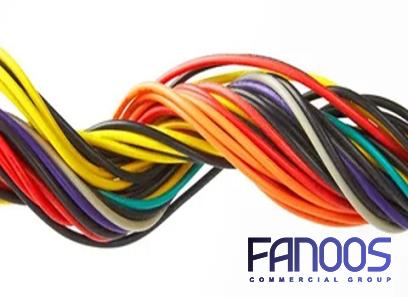
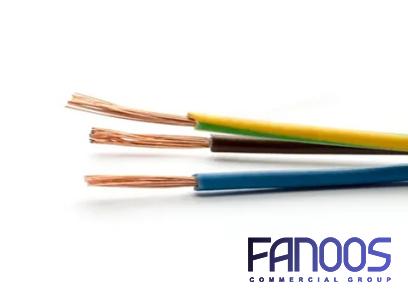
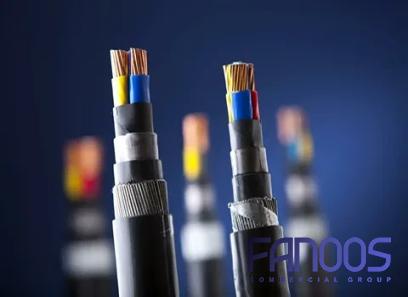
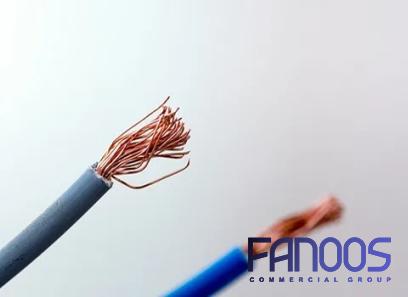
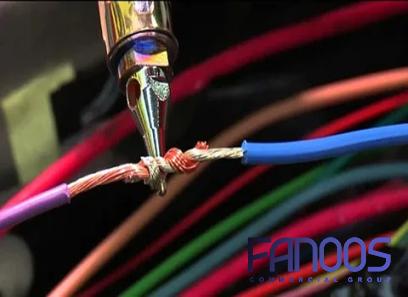
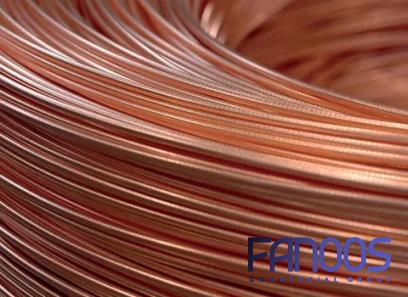
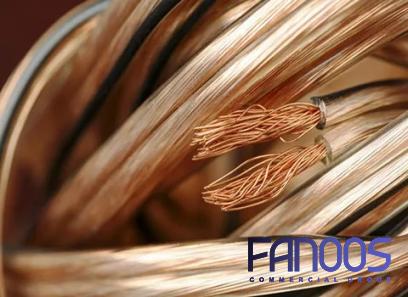
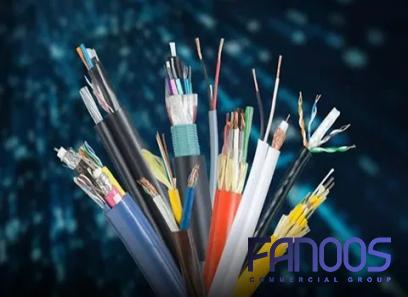
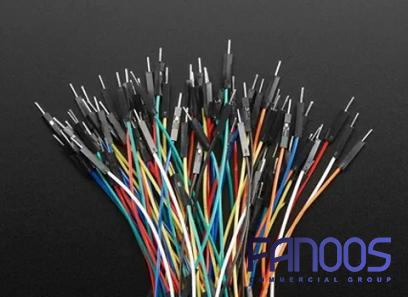
Your comment submitted.